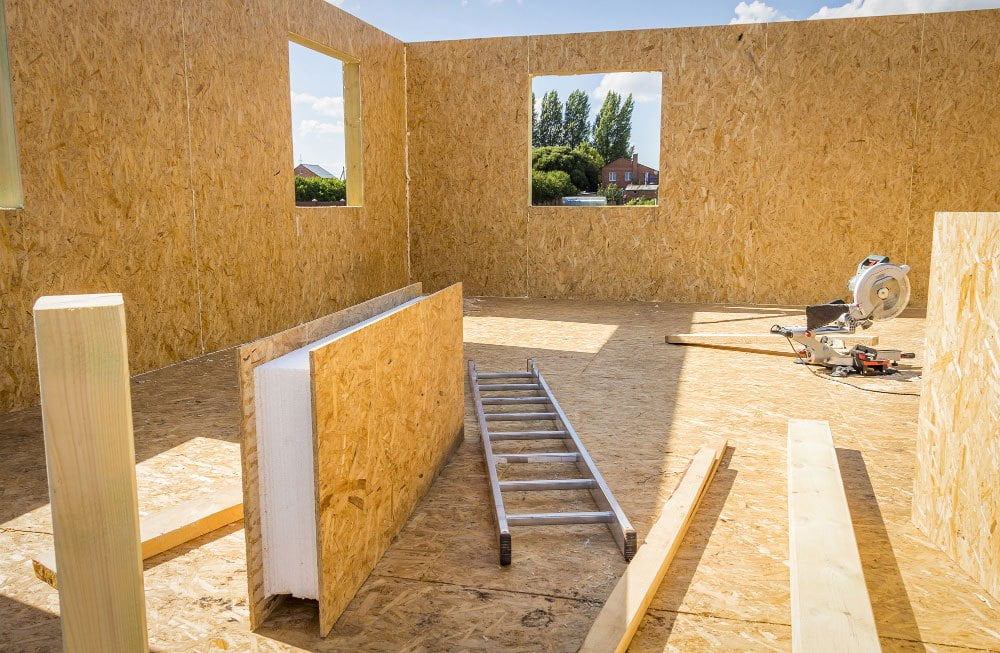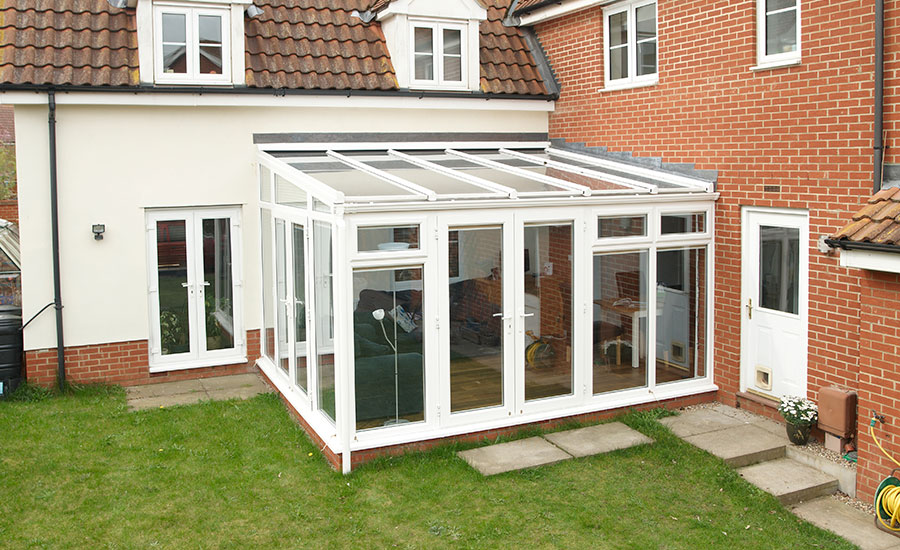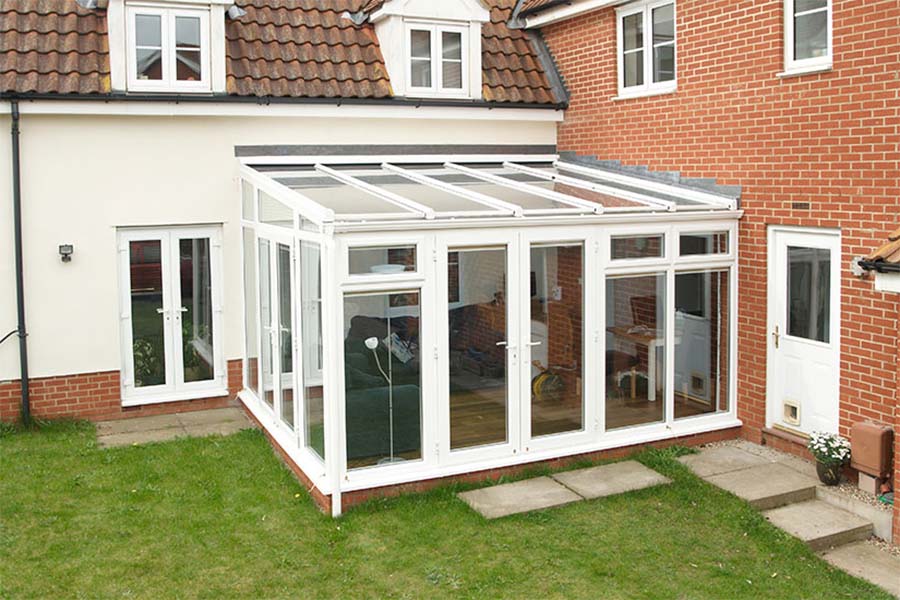Frequently Asked Things About SIP Panels: Get To Know
What is a SIP panel?
A structural insulated panel (SIP) is a sandwich structured composite. Consisting of an insulating layer of rigid core sandwiched between two layers of structural board, used as a building material.
The board can be sheet metal, plywood, cement, magnesium oxide board, or oriented strand board. In addition, the core can either be polystyrene foam, extruded polystyrene foam, polyurethane foam or be composite honeycomb.
How sustainable are SIPs?
Structural insulated panels are one of the most environmentally responsible building systems available. They are constructed offsite and the elements are fully manufactured in a controlled environment. This minimises the loose materials sent to the site you are balancing the risk of waste. Also, all of the materials used in the manufacture and construction are recyclable.
Installing and longevity of SIP panels –
When using SIP panels, the build speeds are a lot quicker than the normal construction methods. This is due to the number of elements you need for a build. The panels just need slotting together, once they have need delivered.
The life span of structural insulated panels usually lasts around 60+ years. This is because they are a high-performing system that is extremely strong.
Are SIPs cost-effective?
SIP panels are usually the same or sometimes less expensive than using other building systems. They are known to be 90% more energy-efficient than a traditional home. This is because of all of the insulation and airtightness they provide. The panels are also a cheaper option because there will not be many construction and labour costs.
Advantages and disadvantages –
SIP panels have many pros and cons, and they are the type of product you should investigate before committing to them on your project.
Advantages –
- They are considered to be up to 6 times stronger than a timber frame.
- Can me manufactured off site – this means the build will be less costly and will take less time to construct.
- Fire resistant – they have tested to offer 73 minutes of resistance, which exceeds British fire safety regulation.
- Highly thermal – they have also tested to outperform fibre insulation.
Disadvantages –
- Require additional ventilation – this is because of the heat trapped inside. To avoid built up condensation you need to use the vents.
- It is harder for changes to be made once you have decided on the design of you SIP home.
- Need additional airflow sources – because of the tight seal you need more airflow. If not, the walls can become damp, and even mouldy.
- Relatively new to the UK – therefore, finding professional builders with experience can be hard.









